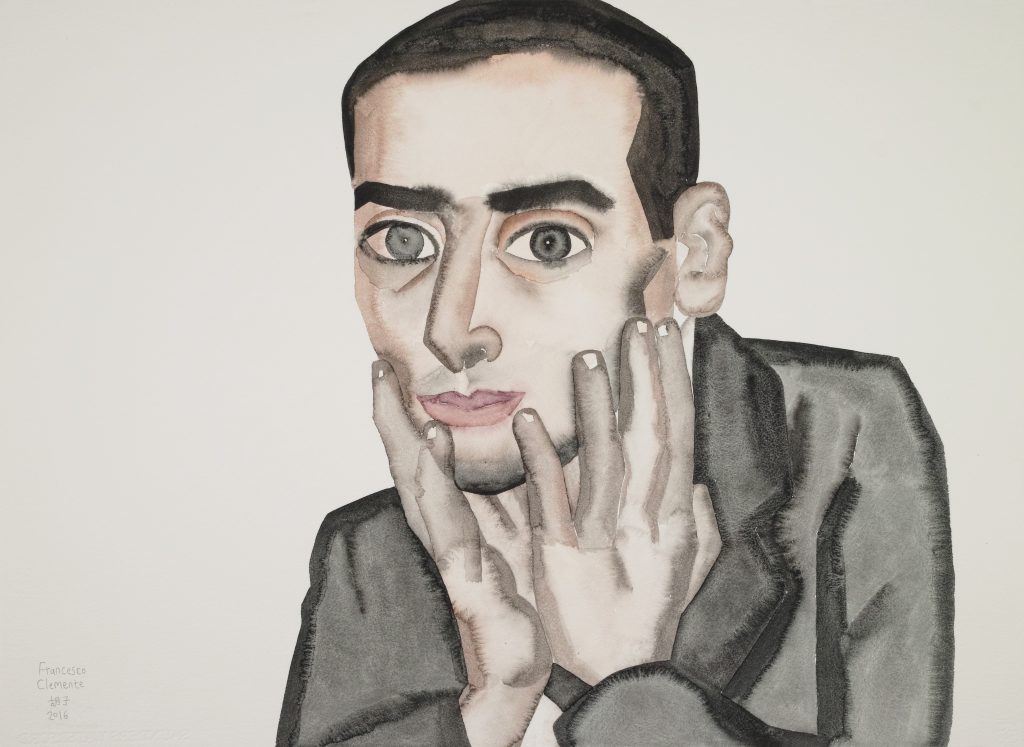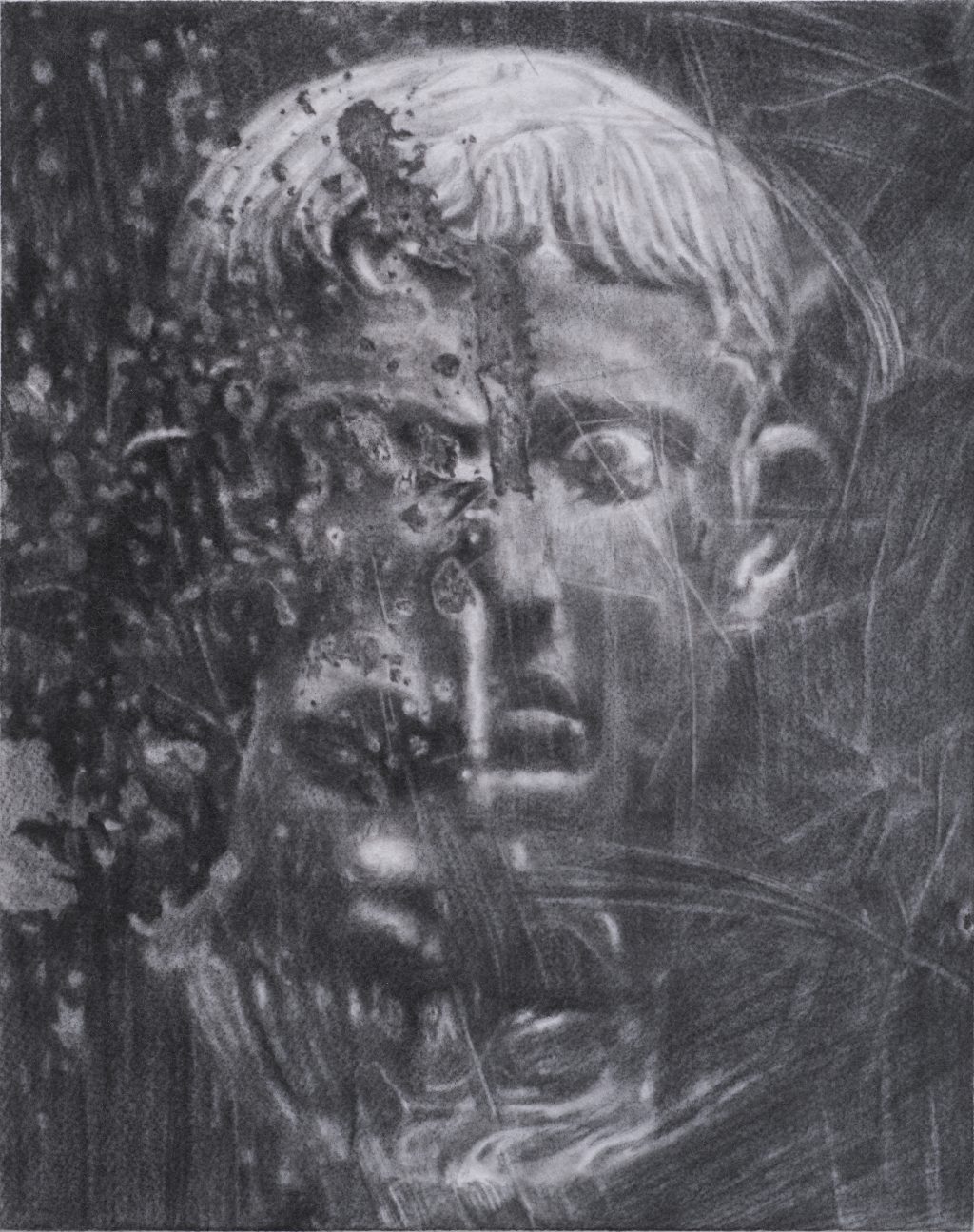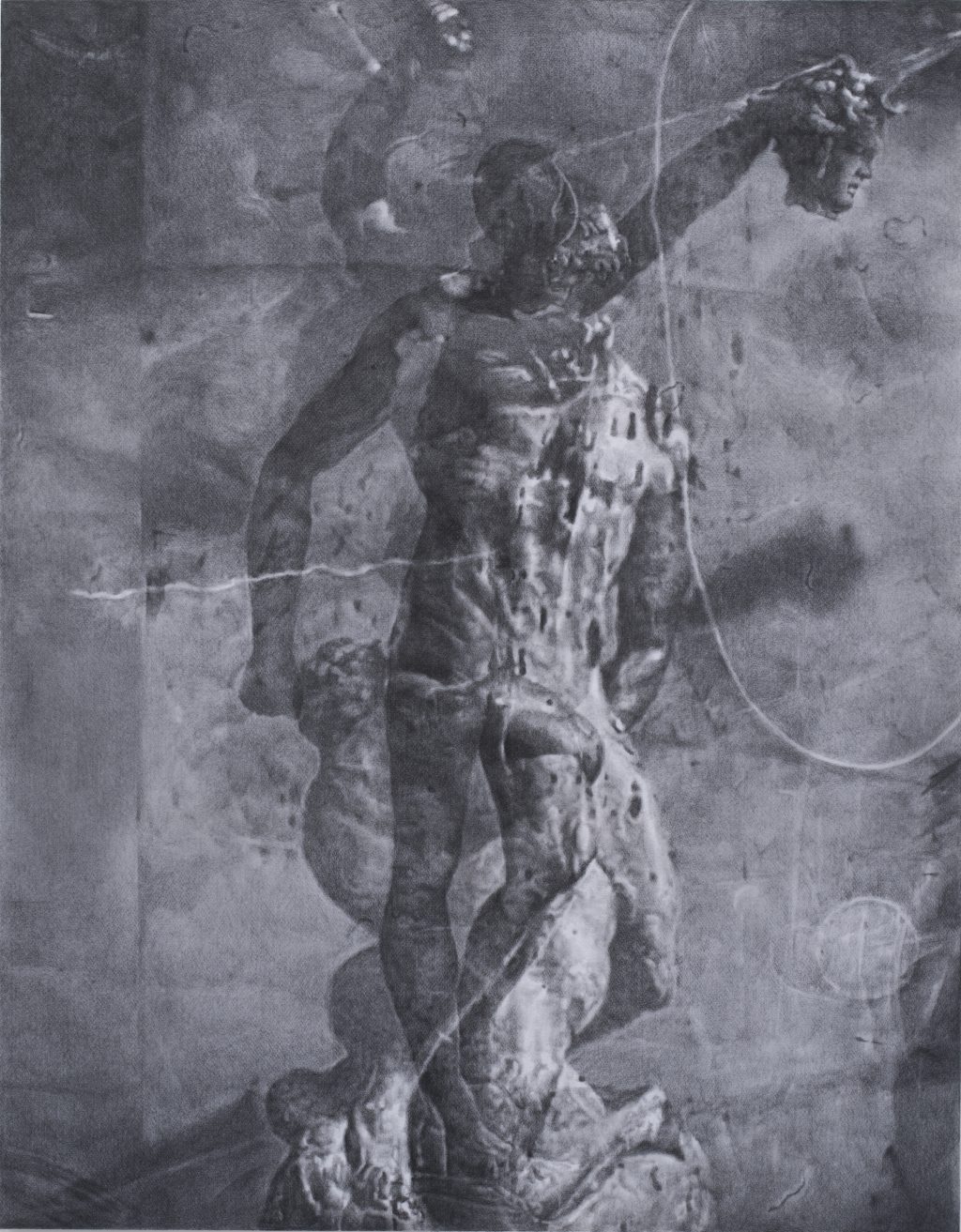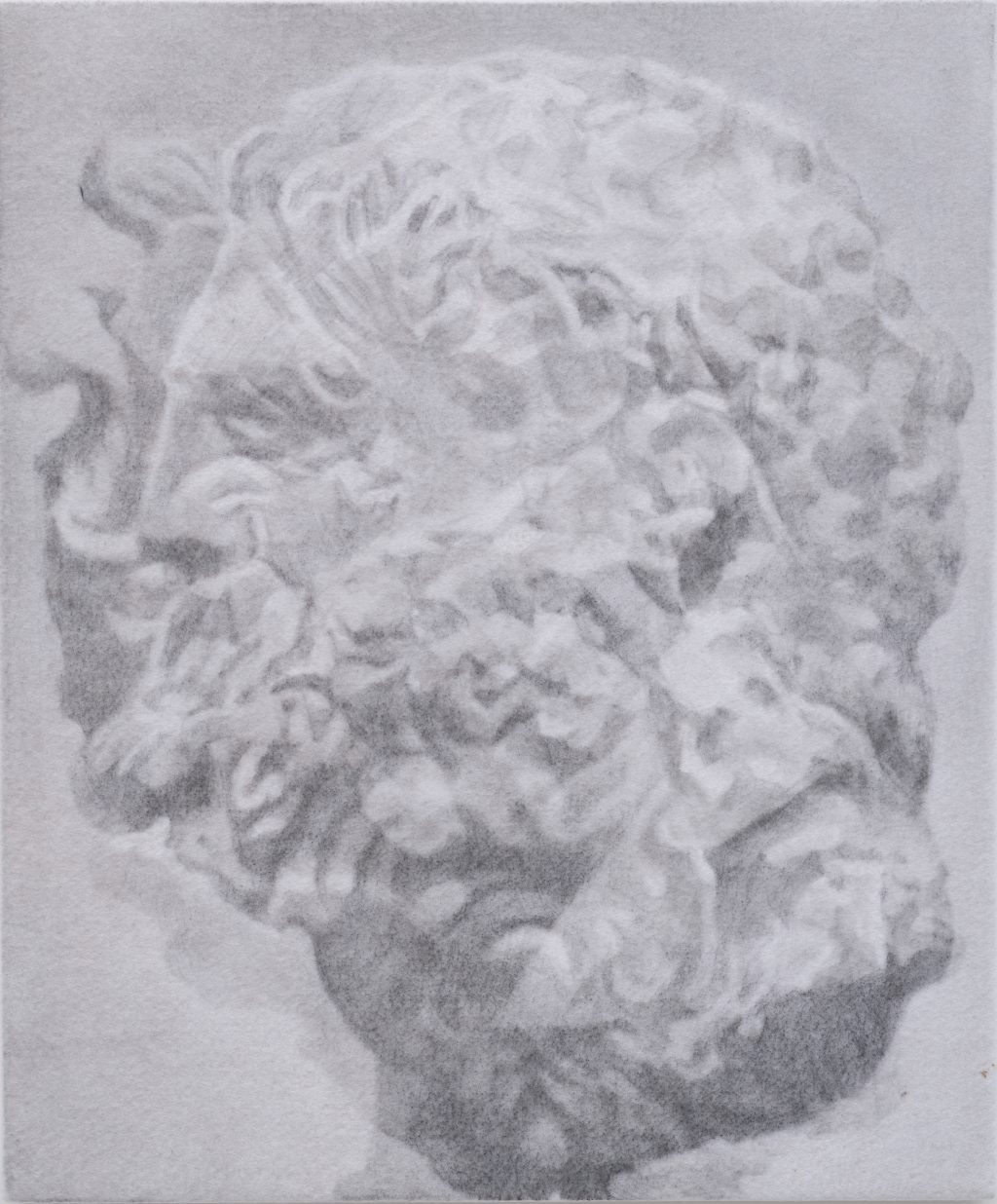TextualExhibition Text
Don Gallery | Shanghai Dandy | Chapter One: Self-Entertainer | Hu Zi, Xu Yi, Zhang Yunyao
Hu Zi met the Italian Transavantgarde artist Francesco Clemente (b. 1952) three years ago in Shanghai, when Don Gallery was presenting her solo exhibition “Kids” (21 March–4 May 2014) and James Cohen Gallery was introducing the Chinese shadows and selected watercolours by Clemente (21 March–4 May 2014). By looking back on today’s art-historical prospect, they have found the place where they both belong, respectively – return to easel art, especially by painting on paper in the traditional genre of portrait, taking it as the best perceptual field for reconstructing the flesh, and make it compete with the body being alienated in the age of consumerism. They portrayed each other as their own.
Francesco Clemente (2016) by Hu Zi and Hu Zi (2016) by Clemente are the alternative selves shadowed by each other. The conscious and the imaginary concealed behind all the change and non-change just come to be intertwined, thus achieving the sense of surpassing and finally entering the body of the ego. Hu Zi is good at “restoration” – the strategy adopted for remoulding the skin structure of the flesh. Her reaction to different cultures assumes a discrete state to be expressed as the memory phenomenon. The revolt and subversion signified by young Clemente as a foreign text have already been internalised as personal history by the artist. Therefore, the self-entertainer HU Zi in the narrative discourse of “Shanghai Dandy” is exactly the case of “projecting oneself on the opposite sex.” The transcultural practice beyond the social system of sex is Dandy’s continuous pursuit.
In the photographic duo The Lovers (Portrait) (2017) and The Lovers (Hands) (2017), Xu Yi appropriates The Lovers (1928) by the Surrealist painter René Magritte (1898–1967). By a parody of its visual text, the artist has the readymade image occupied and transformed into a physical expression on her own skin. She is an expert in developing a middlebrow taste intermediating the production of spectacle in popular culture, and the practice of semiotics in avant-garde art to embody the classic images from different relational contexts.
A man and a woman are locked in an ultimate embrace by the veil wrapping around their heads. However, they cannot carry out any further intimate contact with each other. The familiar sense of strangeness and alienation is encroaching on both. It is not much an insurmountable obstacle as an intoxicating competition. The artist has realised that the very basis of image narratives is the identification of gender roles. She attempts to strengthen the familiar sense of strangeness and alienation, encouraging separation during the articulation of multiple images to question, challenge and reconstruct the gender ideology.
The artist is taking the performative model of dandyism to entertain her female self. She has asked two girlfriends who are not romantically involved to play the part of the couple located in the interior, one in a red sleeveless dress and the other in a white shirt also black suit. The former wears a ring on the fourth finger of her left hand to suggest the stereotype of the strong correlation between gender and marriage, while the latter attains to a concrete manifestation of the conflict between gender and sex through (cross-)dressing. Their bodies are self-restraint yet interconnected. As a whole, not only do they signify the revolutionary gesture by a dandizette, but also provide the setting of sexual ambiguity or bisexuality in the personal identification of Dandy.
In his recent experiment, Zhang Yunyao is taking Study in the Head (2017) and Study in Figures (2017) as two entangling threads for narrative. It is a means for him to proceed the research on the haptic-optical merit of felt drawing and further delve into the conceptual triad of “skin gesture body,” the dialectic between words and images proposed in his solo exhibition earlier. In response to “Shanghai Dandy,” he constructs the paranoid, catastrophic and anachronistic imagination on himself being trapped in the dilemma of the extremes between indulgence and restraint by occupying the bodies of western philosophers, emperors, rulers, mythological figures. Having his dandy-persona defined in this way, the artist intends to question how the present socio-cultural framework would tolerate personal pleasure and enjoyment.
The mirroring of Augustus is contaminated by signs of corrosion, frightened eyes showing identity disorder. The overlapping of Socrates’ and Plato’s faces signifies the sublimation of desire. The play of surfaced volumes along profile that comes from the subtle nuances in shading and shadowing could almost make up a sculpture, endorsing the reconstruction of portrait. Perseus who slew the Gorgon Medusa and the duo of Heracles and Diomedes locked in a wrestling match are applied as the clothing of each other. The artist dominates the force changing between them by borrowing a dramatic conflict. As for him, such clothing demonstrates the process of dressing up. Not only does it flatter the body, but more engaging.
The artist still feels obsessed with the conception of cloth and clothes. However, he has escaped the method of concrete modeling as was widely used in the former stage. Dandy now serves as the wearer. Though not visible, it has a formative role on self-entertaining. Augustus, Socrates, Plato, Perseus, Medusa, Heracles and Diomedes make a joint contribution to a trans-image that functions as the built-in defense mechanism, helping Dandy deal with the ambiguities of the world. During the height of the so-called dandymania emerges a space for the posture of body to reflect upon the ideology of body.







》与《情人(手)》,2017年,艺术微喷,70-×-120-厘米与-60-×-80-厘米-XU-Yi-The-Lovers-Portrait-and-The-Lovers-Hands-2017-giclee-print-70-×-120-and-60-×-80-cm--1024x768.jpg)